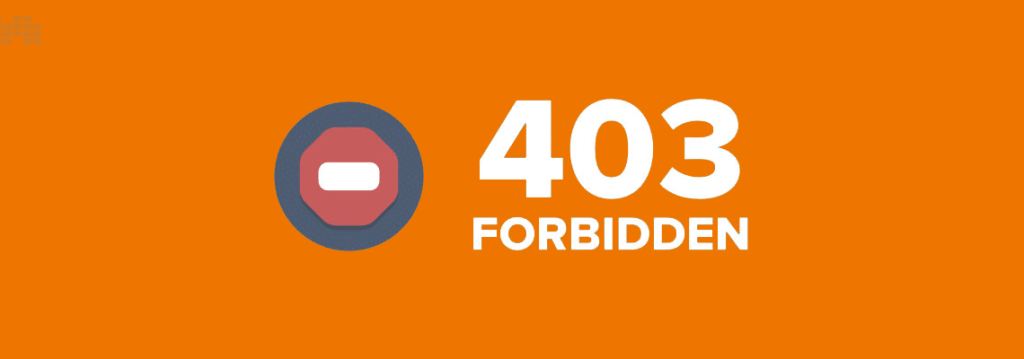
A 403 Forbidden error means that your browser is not allowed to view the website or web resource at the specified address. If you are not a hacker, this may surprise you.
To fix this error, try these quick fixes:
Quick fix:
Refresh: Press Ctrl-F5 or click the refresh button. This error is usually a minor problem that disappears when you refresh the page.
Please try again later: Problems connecting to the server may be due to a long downtime. If you are blocked from accessing the site, wait an hour or two (sometimes a day) and try again. If your ISP has a problem, chances are they are aware of it and will fix it quickly. If you can’t save, read on.
Invalid URL: Make sure the URL is 100% correct and does not end with a hyphen, but another resource extension such as “.html” or “.com”. This error occurs when you enter a URL for a resource that exists (and therefore does not receive a 404), but does not receive regular users. For example, you can navigate to directories rather than pages.
Try a different device or connection: Try accessing the same website from a different device, but on the same network that displayed the error message earlier. If the error reappears, try switching to a different network connection to see if the problem is with your network hardware or network connection.
Reset everything: If Google Chrome’s 403 Forbidden error only appears on certain network connections, turn off your router or modem, wait a few seconds, and reset everything. Hopefully the problem will be resolved after restarting the connection.
Login: Attempting to access a URL from your browser history after logging in to a website may result in a 403, but login timeout. Return to your site’s login page, sign in, and navigate to this resource.
Try incognito mode (or clear your cookies)
The 403 Forbidden error in Google Chrome may be related to your browser’s locally stored information. Access may be denied if this information is tampered with or inaccurate. You can temporarily block access to this information on the server by using Chrome’s incognito mode.
If the problem is with data stored locally, your site should work on the box. If that doesn’t work, you can clear your browser cache.
Maybe the site itself?
Are you using a site like Down Detector or Down Now? To find out if there are any problems with the site.
- You can also check social media to see if there are 403 Invalids banned for users in certain regions or for ISPs.
- It is best to contact the site administrator. Updating a website can go a long way, especially for small businesses, and it can be seen.
- If you want to visit a large company’s website, you can send a message to their customer service department.
- For a standalone website, finding contact information is difficult. To find the contact address of the website owner you need to search for them. This request can be sent to a special email address on the website.
If all else fails, contact your ISP
Sometimes, not just you, but your entire ISP can be denied access. Your ISP is just another internet user, so it’s possible that they’re experiencing the same network issues as you.
Call your ISP and tell them I can’t open certain sites. Finally, access to the site is tested, and if there are configuration issues, they can often be resolved quickly.
After all this troubleshooting, you’ll know exactly what to do the next time Google Chrome throws up the 403 Forbidden error again.









